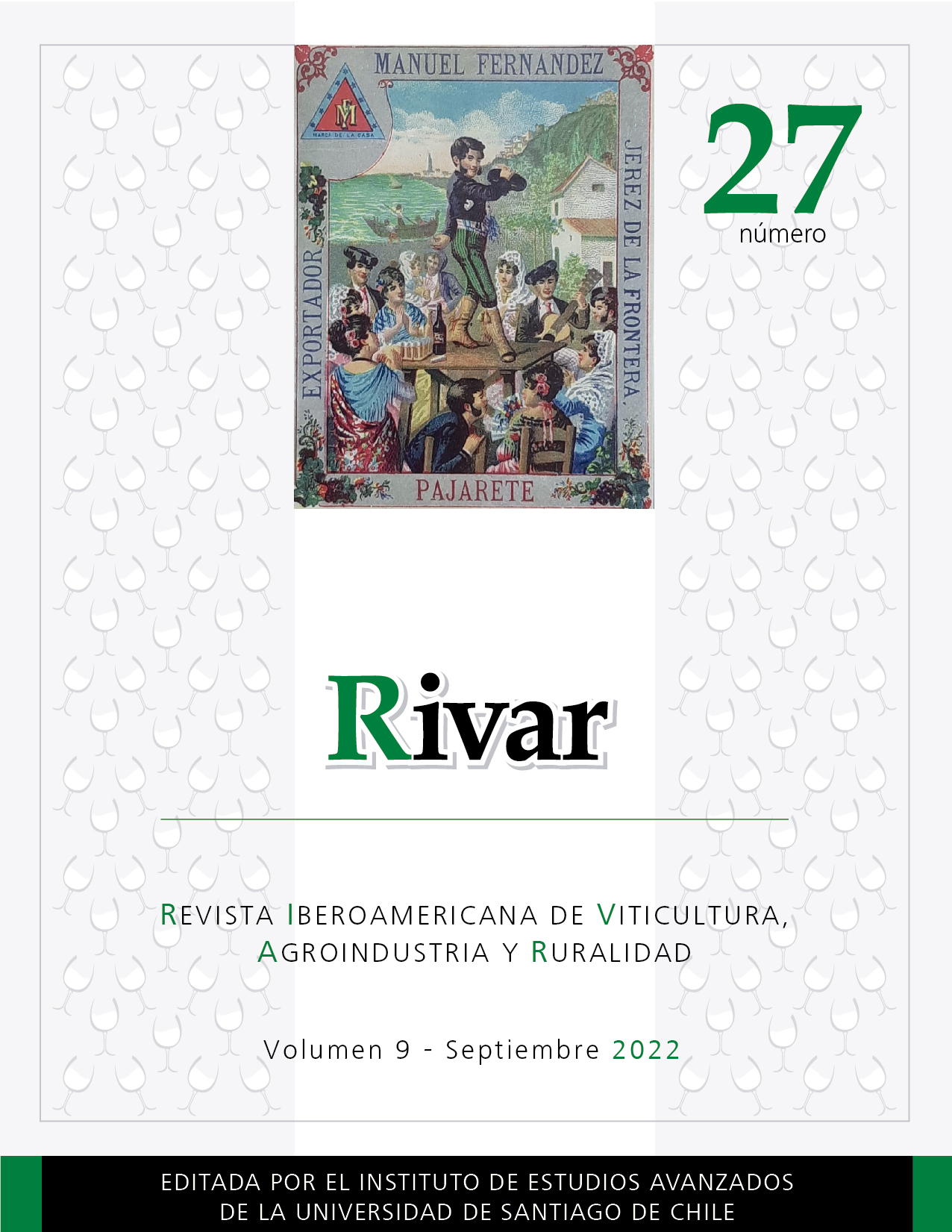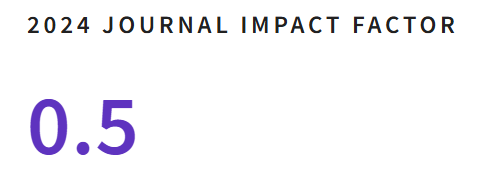History of Tomato Cultivation in Chile: The Limachino Tomato Case
DOI:
https://doi.org/10.35588/rivar.v9i27.5673Keywords:
Solanum lycopersicum, landraces, Limache, in situ conservation, ChileAbstract
Landraces play an important role in agricultural sustainability, food security and the future crop improvement. Systematic information about agricultural evolution of crops is crucial for the implementation of effective conservation and utilization strategies. Unlike Europe and North America, historical data of crops is less complete in other parts of the world, especially for regions where high diversity of crop genetic resources, such as Chile. In order to contribute to the understanding of Chilean genetic resources dynamics and their conservation, we present the case of tomato landraces, particularly the Limachino tomato. Through an extensive literature review, an overview is presented regarding the tomato origin and diversification, in situ conservation status, the role of the genetic resource’s units and the importance of the integration of the small-scale commercially-oriented tomato farmers in the modern Chile to advance towards a more effective and sustainable landraces conservation.
Downloads
References
Cobo, B. (1653). “Historia del nuevo mundo. Book 4. Chapter 26. De los tomates”. In Fondo Antiguo, Libros del Siglo XVII, Manuscritos, Historia de América. Sevilla, Biblioteca de la Universidad de Sevilla. En https://archive.org/details/A331002 (consultado 10/08/2022).
CORFO (1986). Monografías hortícolas. Tomate, arveja, broccoli, zanahoria. Santiago de Chile, CORFO.
____. (1967) Adaptabilidad de variedades de tomates conserveros. Santiago de Chile, CORFO.
Fischer, R.A.; Byerlee, D. y Edmeades, G.O. (2014). “Crop Yields and Global Food Security: Will Yield Increase Continue to Feed the World?”. En Fischer, R.A.; Byerlee, D. y Edmeades, G.O. ACIAR Monograph 158. Canberra, Australian Centre for International Agricultural Research. DOI https://doi.org/10.1007/s12571-014-0392-y
Gade, D.W. (1994). “Environment, Culture and Diffusion: The Broad Bean of Quebec”. Cathiers de géographie du Québec 38(104): 137-150. DOI https://doi.org/10.7202/022428ar
Gay, C. (1865). Historia física y política de Chile. Agricultura. Tomo 2. Santiago de Chile, Gobierno de Chile. En http://www.memoriachilena.gob.cl/archivos2/pdfs/MC0002688.pdf (consultado 10/08/2022).
Gur, A. y Zamir, D. (2004). “Unused Natural Variation Can Lift Yield Barriers in plant breeding”. PLoS Biol 2(10): e245. DOI https://doi.org/10.1371/journal.pbio.0020245
Instituto Geográfico Militar (IGM) (2018). Mapa mundo Región de Valparaíso. En https://www.igm.cl/div/MAPAIGM/CHILE%20REGIONES/MAPAS%20MUDOS/mudo_region_de_valparaiso.jpg (consultado 10/08/2022).
INE (2007). VII Censo Agropecuario 2007. Santiago de Chile, Instituto Nacional de Estadísticas.
____. (1933). II Censo agropecuario de 1929-1930. Santiago de Chile, Instituto Nacional de Estadísticas.
____. (1955). III Censo Nacional Agrícola Ganadero de 1955. Santiago de Chile, Instituto Nacional de Estadísticas.
____. (1959). VI Censo Nacional Agrícola Ganadero de 1965. Santiago de Chile, Instituto Nacional de Estadísticas.
Lagarde, J.B. (1931). El tomate: cultivos para la producción de todo el año. Santiago de Chile, Imprenta Nascimiento.
Martínez, J.P.; Jana, C.; Muena, V.; Salazar, E.; Rico, J.J.; Calabrese, N.; Hernández, J.; Lutts, S. y Fuentes, R. (2021). “The Recovery of the Old Limachino Tomato: History, Findings, Lessons, Challenges and Perspectives”. In Hernández, E. and Kacprzyk, J. (eds.). Agriculture Value Chain - Challenges and Trends in Academia and Industry. Volume 1. Verlag, Springer International Publishing.
Merino, J. (1968). Estudio de la conservación por frío de la especie tomate, variedades Es-24 y Limachino en distintos estados de madurez. Tesis de pregrado. Quillota, Universidad Católica de Valparaíso.
Nesbitt, T.C. and Tanksley, S.D. (2002). “Comparative Sequencing in the Genus Lycopersicon: Implication for the Evolution of Fruit Size in the Domestication of Cultivated Tomatoes”. Genetics 162: 365-379. DOI https://doi.org/10.1093/genetics/162.1.365
ODEPA (2015). El mercado del tomate para consumo fresco. Diciembre 2015. Santiago de Chile, ODEPA.
Patiño, V.M. (2002). Historia y dispersión de los frutales nativos del neotrópico. Cali, CIAT.
Rick, C.M. (1958). “The Role of Natural Hybridization in the Derivation of Cultivated Tomatoes of Western South America”. Economic Botany 12(4): 346-367. DOI https://doi.org/10.1007/bf02860023
Rodríguez, G.R. et al. (2011) “Distribution of SUN, OVATE, LC and FAS in the Tomato Germplasm and the Relationship to Fruit Shape Diversity”. Plant Physiology 156: 275-285. DOI https://doi.org/10.1104/pp.110.167577
Stehberg, R. y Sotomayor, G. (2012). “Mapocho incaico”. Boletín del Museo Nacional de Historia Natural, Chile 61: 85-149.
Torres, B. (1957). Historia de Limache. Santiago de Chile, Sociedad de Historia y Geografía de la Provincia de Marga-Marga.
USDA (1933). Descriptions of Principal Types of American Varieties of Tomatoes. Washington DC, United States Department of Agriculture.
Vicuña, B. (1877). Viaje de Valparaíso a Santiago. Santiago de Chile, Imprenta de la librería del Mercurio, de E. Undurraga y Ca.









